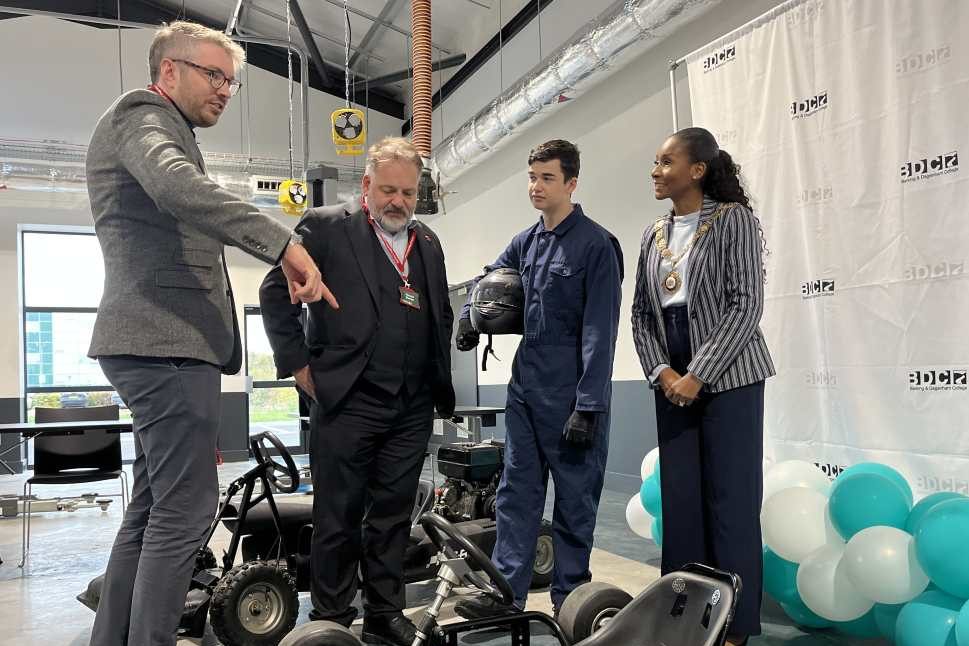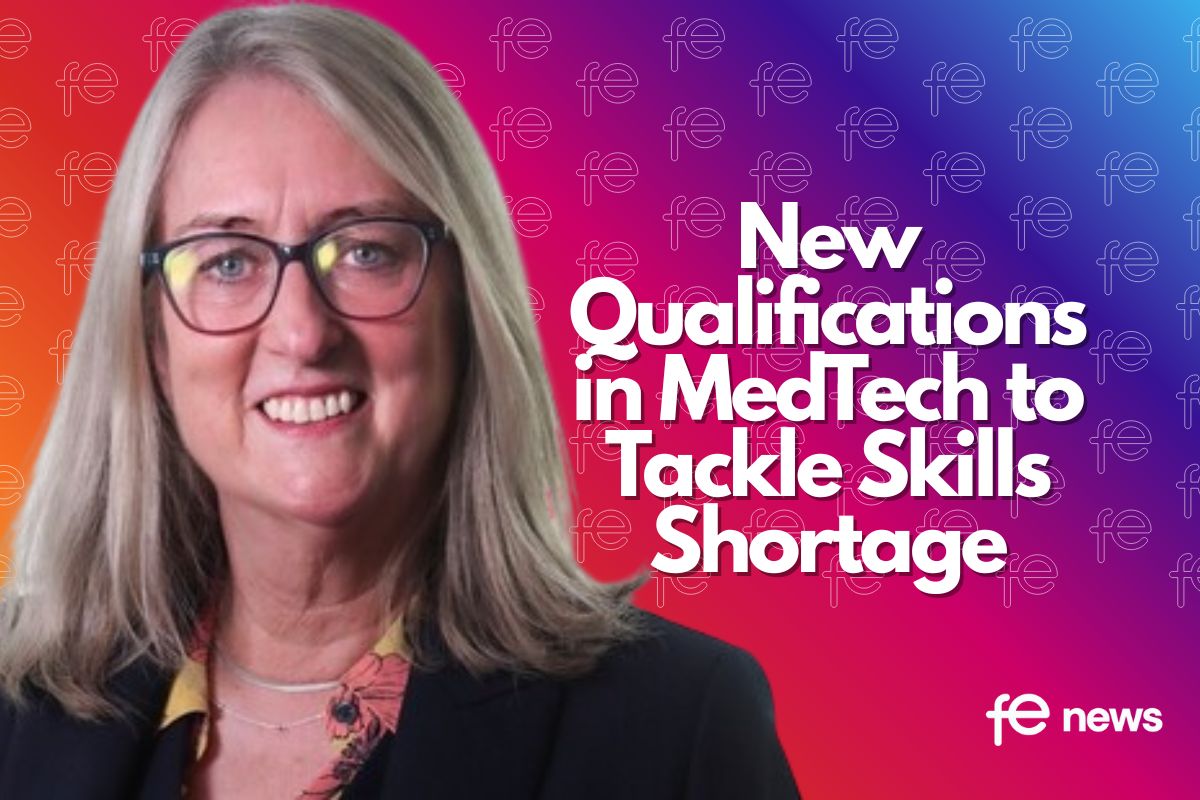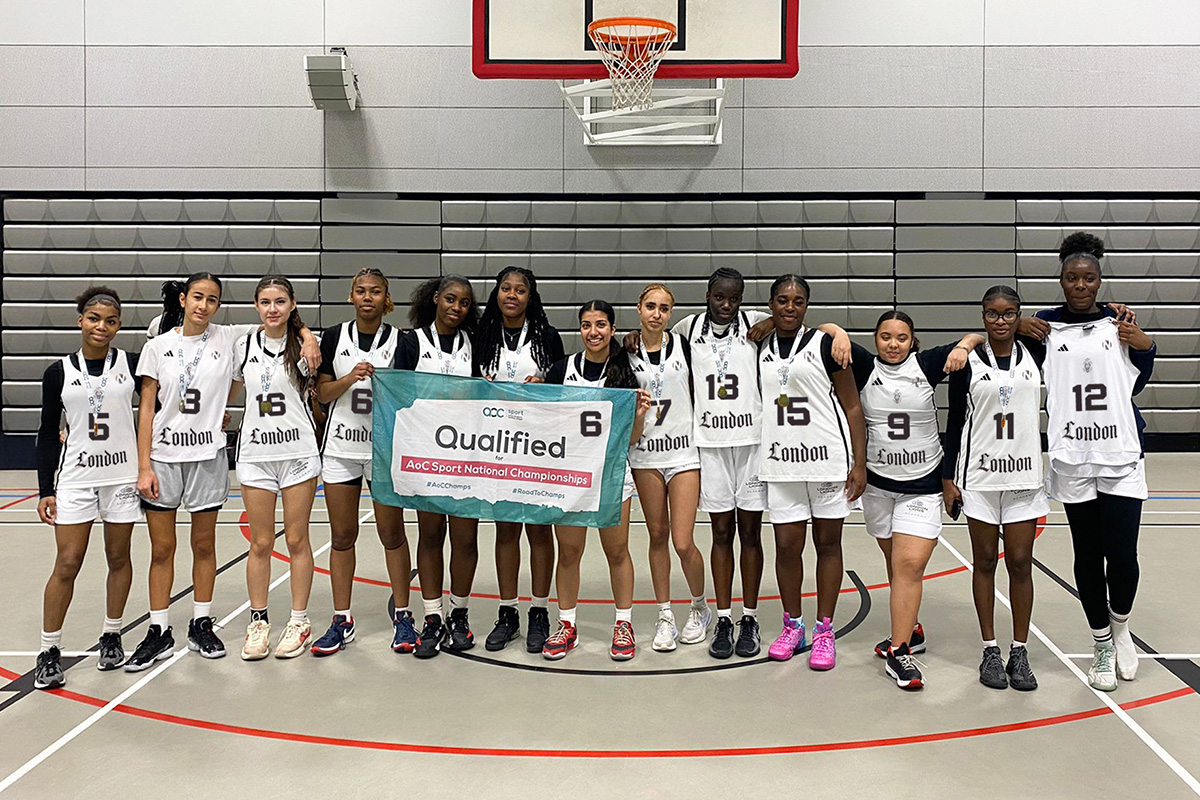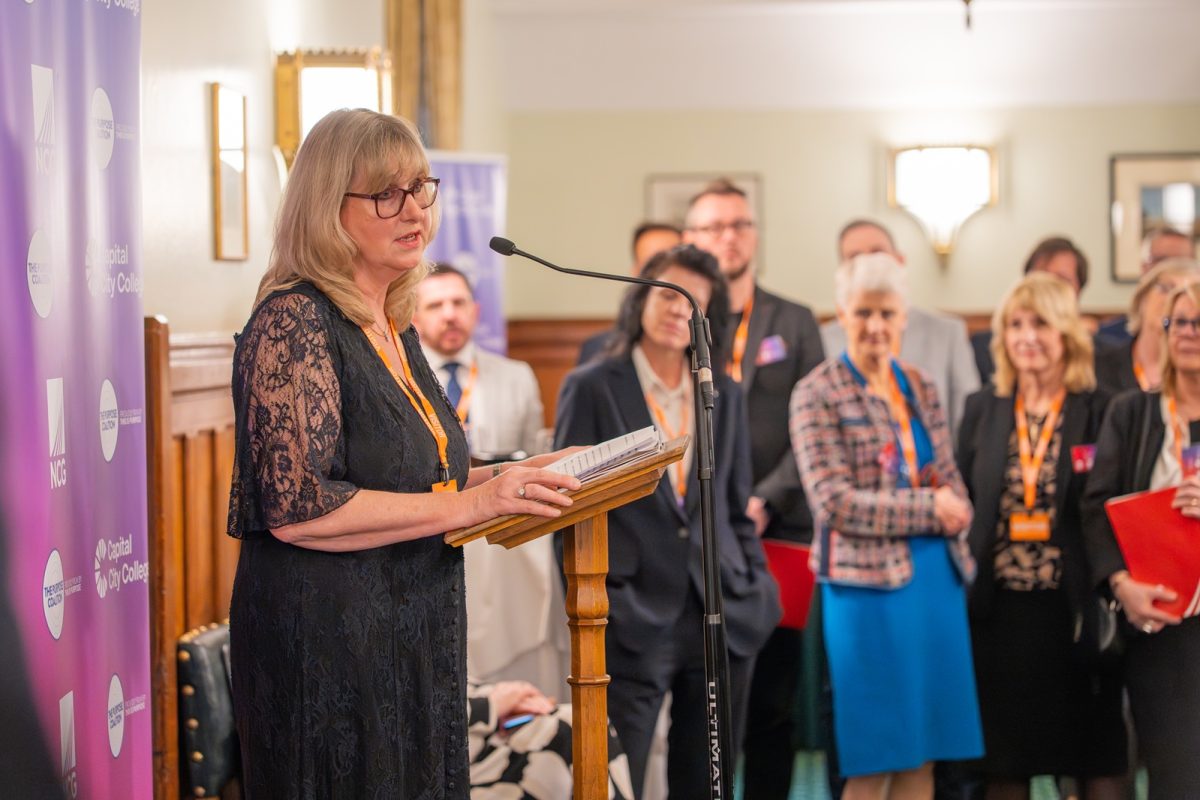Childhood traumatic bereavement during and beyond the pandemic

Leading experts appeal for an understanding of childhood traumatic bereavement
The UK Trauma Council and three child bereavement charities today (5 May) appeal for an understanding of childhood traumatic bereavement during and beyond the pandemic.
There have been more than 120,000 deaths in the UK due to the pandemic, with a large number of children and young people being affected through the death of a family member or someone else important in their life. The pandemic has created situations in which a death comes unexpectedly, without the chance to say goodbye, or where family members feel guilt that they may have brought the virus into the home. These factors may increase the likelihood of a traumatic bereavement.
In a traumatic bereavement, the trauma gets in the way of the typical process of grieving. It blocks the child or young person’s ability to ‘make sense’ of the death and adjust to their loss. As a result, how the child or young person experiences or understands the death – the meaning they make of it – results in it being experienced as traumatic. This can happen to children and young people in any circumstance and at any age.
As part of this initiative, new resources are being made freely available to schools – including a comprehensive written guide to traumatic bereavement with supporting tools including videos, plus a 4-minute animation. These resources will give school staff the knowledge to recognise traumatic bereavement, advice on how to put appropriate support in place, and guidance on working effectively with bereavement services and NHS mental health services.
David Trickey, Co-Director of the UK Trauma Council and a leading expert on trauma, explains:
“As our new resources show, young people often grieve in puddles, dipping in and out of their grief. But if the grief becomes traumatic, it is more like a deep well, and much harder for the young person to step out of. These resources should help identify traumatic bereavement, provide effective support, and allow trusted adults to hold the hope for the child or young person.”
This initiative has been prompted by the coronavirus pandemic, with the proportion of children and young people with a probable mental health disorder rising to one in six in July 2020 (from one in nine in 2017).











Responses